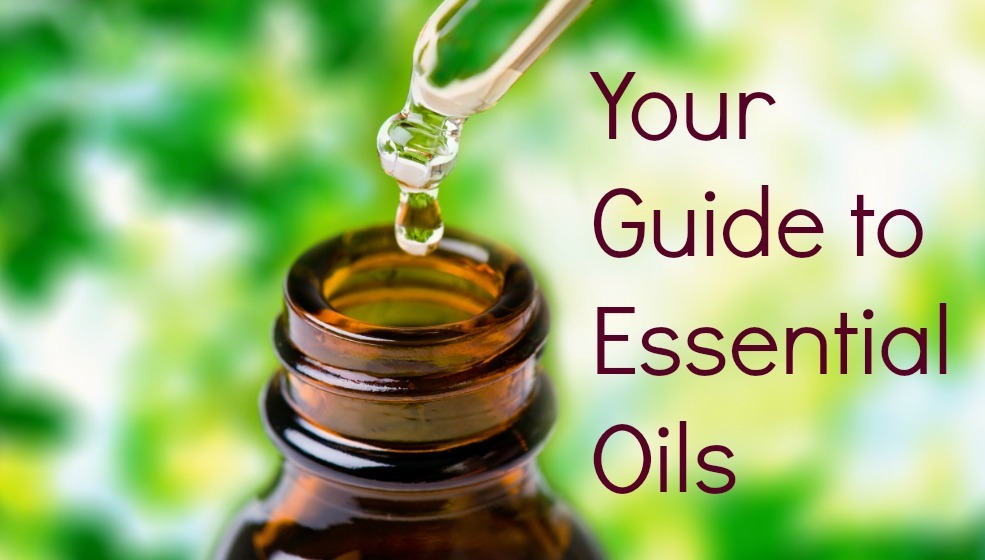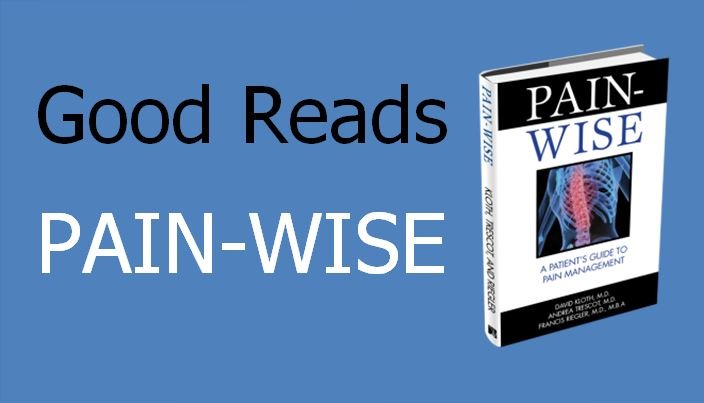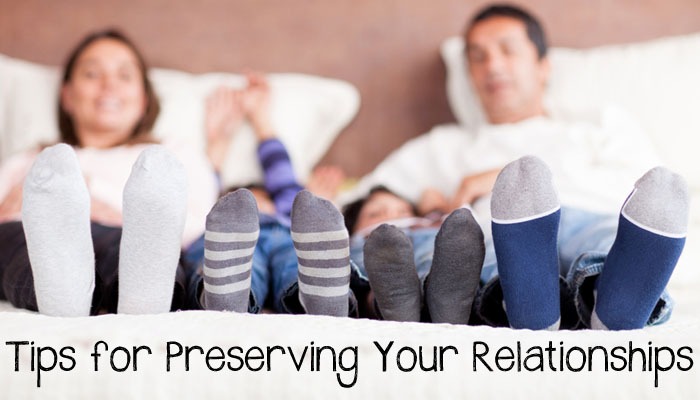Essential Oils for Pain: What You Need to Know

One of the most natural ways to manage everyday aches and pains – and even chronic pain – is the application of essential oils. Essential oils are potent and highly concentrated oils of plants that many of our modern medicines are derived from, without added chemicals. They are easy and relatively inexpensive to purchase. With many varieties, it’s likely you’ll find one that works for you. Here’s what you need to know about essential oils for pain:
What are essential oils?
When essences are extracted from plants in natural ways, they become essential oils. They may be distilled with steam and/or water, or mechanically pressed. Essential oils are very concentrated. For example, it takes about 220 pounds of lavender flowers to make about one pound of essential oil.
What is the history of essential oils?
Fragrant plants have been used in healing practices for thousands of years across many cultures, including ancient China, India, and Egypt. Ways to extract essential oils from plants were first discovered during The Middle Ages.
The modern history began in the early 20th century, when French chemist René-Maurice Gattefossé coined the term “aromatherapy” and studied the effects of essential oils on many kinds of diseases. In the 1980s and 1990s, aromatherapy was rediscovered in Western countries as interest in complementary and alternative medicine began to grow.
How do you use the essential oils to relieve pain?
While you can use any essential oil on their own, it is also beneficial to blend up to three oils together. Don’t apply essential oils directly on the skin, but dilute it first with a carrier oil, such as olive oil, jojoba oil or sweet almond oil.
Headache relief – Blend 4-6 drops of essential oil with one tablespoon of a carrier oil and apply a small amount of the mixture to the temples and massage gently. Be sure to stay away from the eyes. Headache can also be relieved by smelling the oil: sprinkle a few drops of the oil onto a cloth or tissue or use an aromatherapy diffuser or vaporizer.
Bath soak – Good to soothe tired, aching muscles, relieve arthritis and rheumatism. Put a few drops of essential oil in a hot bath. You can also add 2-3 cups of Epsom salt to enhance the effect. It’s a good idea to mix the essential oil drops in a small amount of carrier oil first and then add to the bath.
Massage – Use about 10 drops of essential oil per 1 ounce of carrier oil and massage this oil blend into any body part where your muscles are sore.
Hot or cold compress – To make hot compress take about a pint of hot water, as warm as you can comfortably tolerate, and add about 4 drops of essential oil. Then place a small towel on top of the water and let it soak it up. Next squeeze the excess water and place it over the painful area. A cold compress is made the same way, but ice or refrigerated water is used instead of the hot water, and the compress is replaced when it has heated up to body temperature.
Which essential oils offer pain relief?
Marjoram has sedative properties. It helps to relieve muscle pain and spasms, stiffness, rheumatism, osteoarthritis and migraine.
Lavender is a favorite essential oil for pain relief and relaxation. It has anti-inflammatory, anti-microbial and sedative properties that help relieve muscle tension and spasms, joint pain and headache. It is also one of the gentlest essential oils on the skin.
Wintergreen is effective to treat headache, nerve pain, arthritis and menstrual cramps. It contains similar pain-relieving properties to aspirin.
Sandalwood sedates the nervous system, so it helps to reduce nerve pain. It is often used to treat muscle spasms, lymph node congestion and sciatica. It encourages relaxation with additional anti-depressant benefits.
Eucalyptus has analgesic and anti-inflammatory properties. Good for muscle pain and nerve pain. A study published in the American Journal of Physical Medicine and Rehabilitation indicated pain relief in subjects when applied to the skin.
Peppermint is good for muscle and joint pain, headache and nerve pain. It cools and calms the mind with additional anti-inflammatory, gallbladder and pain relieving benefits.
Chamomile is known for its effective anti-inflammatory properties. It helps relieve muscle pain and spasms, low back pain, and headaches. It also relieves stress and anxiety and offers relaxant and detoxifying benefits.
Have any clinical trials been conducted about the effects of aromatherapy?
Clinical trials of aromatherapy have mainly studied its use in the treatment of stress, anxiety, and other health-related conditions in seriously ill patients. Several clinical trials of aromatherapy in patients with cancer have been published with mixed results.
A few early studies have shown that aromatherapy may improve quality of life in patients with cancer. Some patients receiving aromatherapy have reported improvement in symptoms such as nausea or pain, and have lower blood pressure, pulse, and respiratory rates. Studies of aromatherapy massage have had mixed results, with some studies reporting improvement in mood, anxiety, pain, and constipation and other studies reporting no effect.
Where can I buy essential oils?
Our Facebook fans suggest the following:
While essential oils may not prevent or cure illnesses, they can promote relaxation and help relieve stress as well as help treat a wide range of physical and mental conditions. Read more on WebMD and please check with your doctor before using any essential oils.
Have you had success using essential oils for pain? Please leave a comment.
PainPathways Magazine
PainPathways is the first, only and ultimate pain magazine. First published in spring 2008, PainPathways is the culmination of the vision of Richard L. Rauck, MD, to provide a shared resource for people living with and caring for others in pain. This quarterly resource not only provides in-depth information on current treatments, therapies and research studies but also connects people who live with pain, both personally and professionally.
View All By PainPathways






